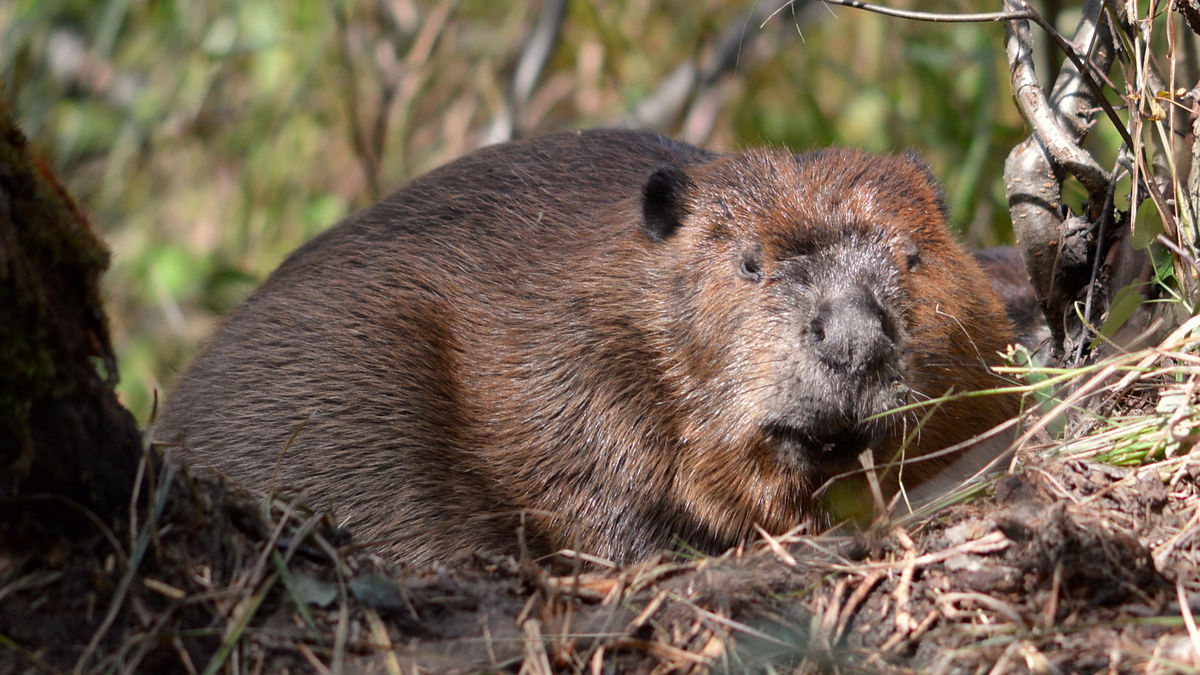Low Fur Prices Discourage WV Trappers
When West Virginia’s trapping season begins on Nov. 4, plenty of critters will be around to trap — if anyone wants to go to the trouble.
Beavers, raccoons, otters, foxes, bobcats and other furbearers are all abundant. But with fur prices still running low, trappers have precious little incentive to spend the winter running traplines.
“The fur market is still pretty bad,” said Rich Rogers, furbearer project leader for the state Division of Natural Resources. “And it’s fickle. It can change in a heartbeat. Predicting it is similar to predicting the stock market. Some are better than it than others, but nobody’s perfect.”
Fur prices started falling during the 2013-14 season. As they fell, so did the number of animals trappers took.
In 2012-13, for example, fur brokers bought 18,606 raccoon pelts from Mountain State trappers. Last year they bought just 3,459. That’s an 82 percent decline.
Similar fall-offs have occurred in other species. Sales of beaver pelts are down 71 percent; gray fox, 68 percent; fisher, 68 percent; muskrat, 67 percent; and mink, 66 percent.
The declines in bobcat, red fox and coyote sales weren’t quite as steep, but they were still sizable. From 2012-13 to 2016-17, trappers sold 49 percent fewer bobcats, 37 percent fewer red foxes and 11 percent fewer coyotes.
Sales totals for river otters aren’t available, but game-check tag counts show that 45 percent fewer river otters are being taken. Since trapping tends to decrease with prices, it’s reasonable to assume that trappers aren’t selling as many otters as they did in 2012-13.
“Quite frankly, harvest follows market,” Rogers said. “People don’t trap as much if the market isn’t there.”
The reason, he explained, is time. When prices are low, the time and effort it takes to trap an animal often earns far less than minimum wage.
“Let’s look at what it takes to trap just one beaver,” Rogers said. “Let’s say you walk half an hour to walk to a beaver pond, spend half an hour setting a couple of traps and walk back home. Then you spend another half hour going back to check the traps and another half hour walking home.
“If you got a beaver when you checked your traps, you’ll spend another 10 hours skinning the animal out, stretching the pelt and hanging it to dry. If you get $20 for that pelt, you’re making less than $2 an hour.”
Muskrats and raccoons are similarly easy prey. On average, catching a muskrat takes 1.9 days; a raccoon, 2.2 days. After that, investments in time rise sharply. A single coyote, for example, takes 9.3 days of effort; a red fox, 12.5 days; a gray fox, 13.9 days; a mink, 16.6 days; a bobcat, 20.8 days; an otter, 22.9 days; and a fisher, a whopping 49.4 days.
Contrast those time expenditures with the prices: According to the West Virginia Trappers Association, the average muskrat pelt brought $4 at the 2017 spring auction; the average raccoon, $12.62; the average coyote, $17.53.
Averages for other species were $12.62 for red fox, $12.52 for gray fox; mink, $7.05; bobcat, $43.79; otter, $31.89; and fisher, $31.88.
“Most people trapping today aren’t trapping for the money,” Rogers said. “They’re trapping because they love it. A lot of them are stockpiling pelts and hoping prices will rise again.”
Reach John McCoy at johnmccoy@wvgazettemail.com, 304-348-1231 or follow @GazMailOutdoors on Twitter.



